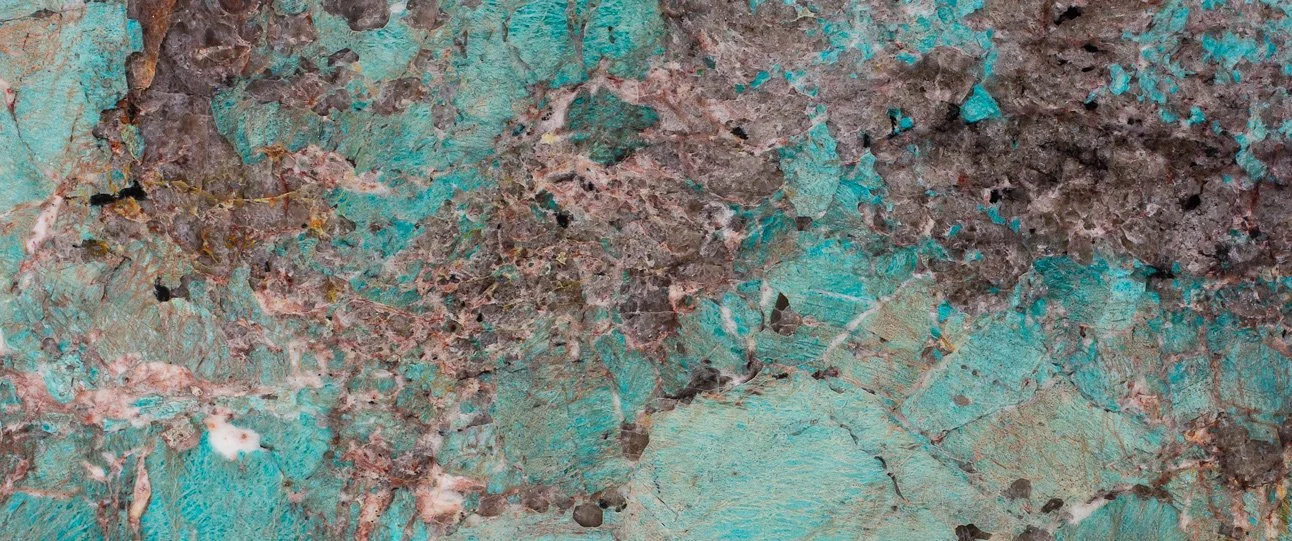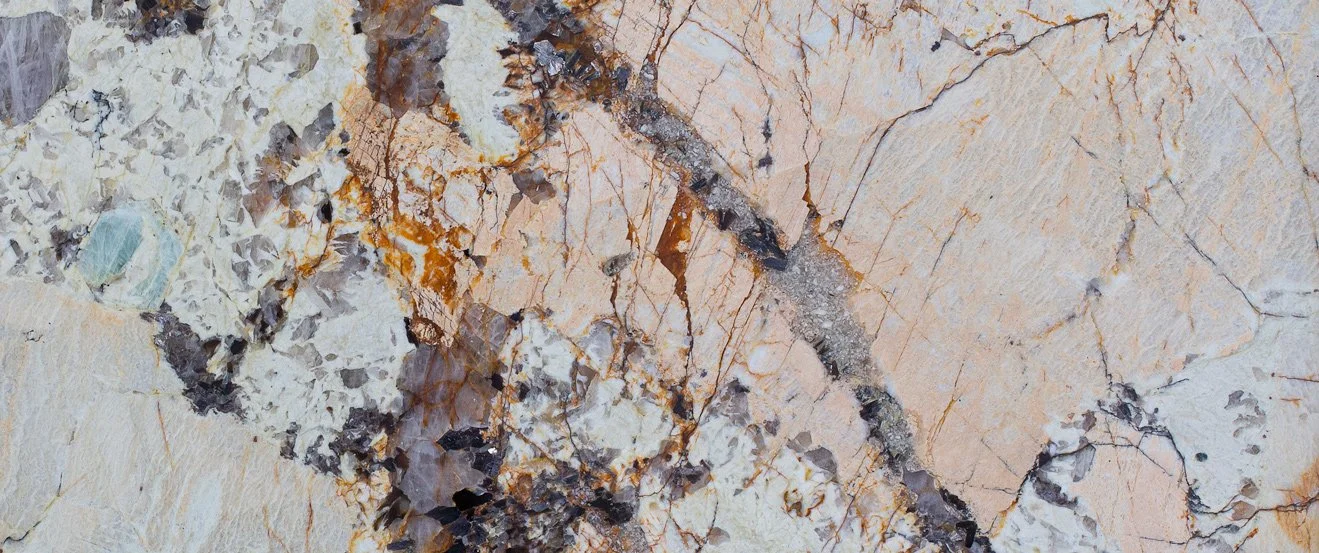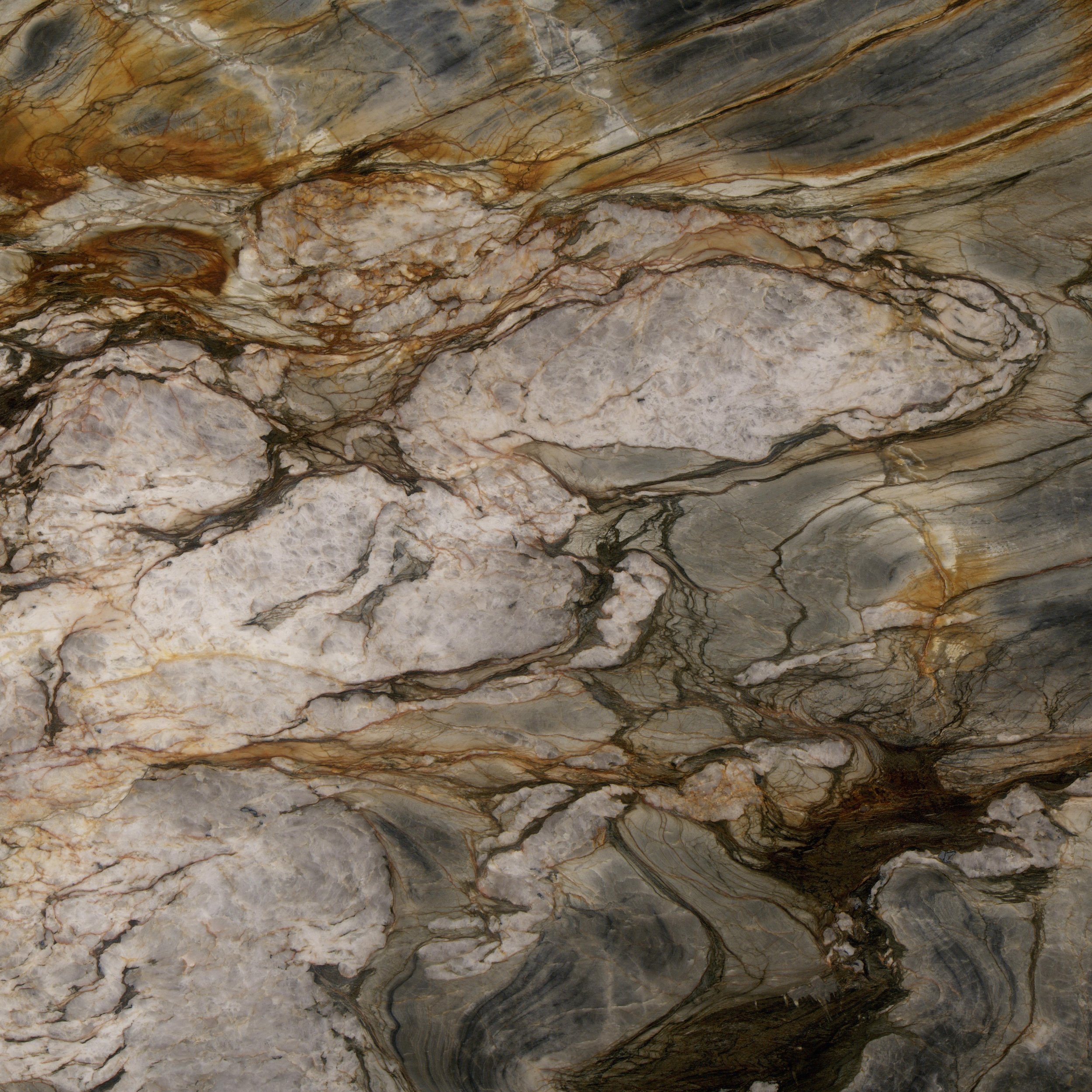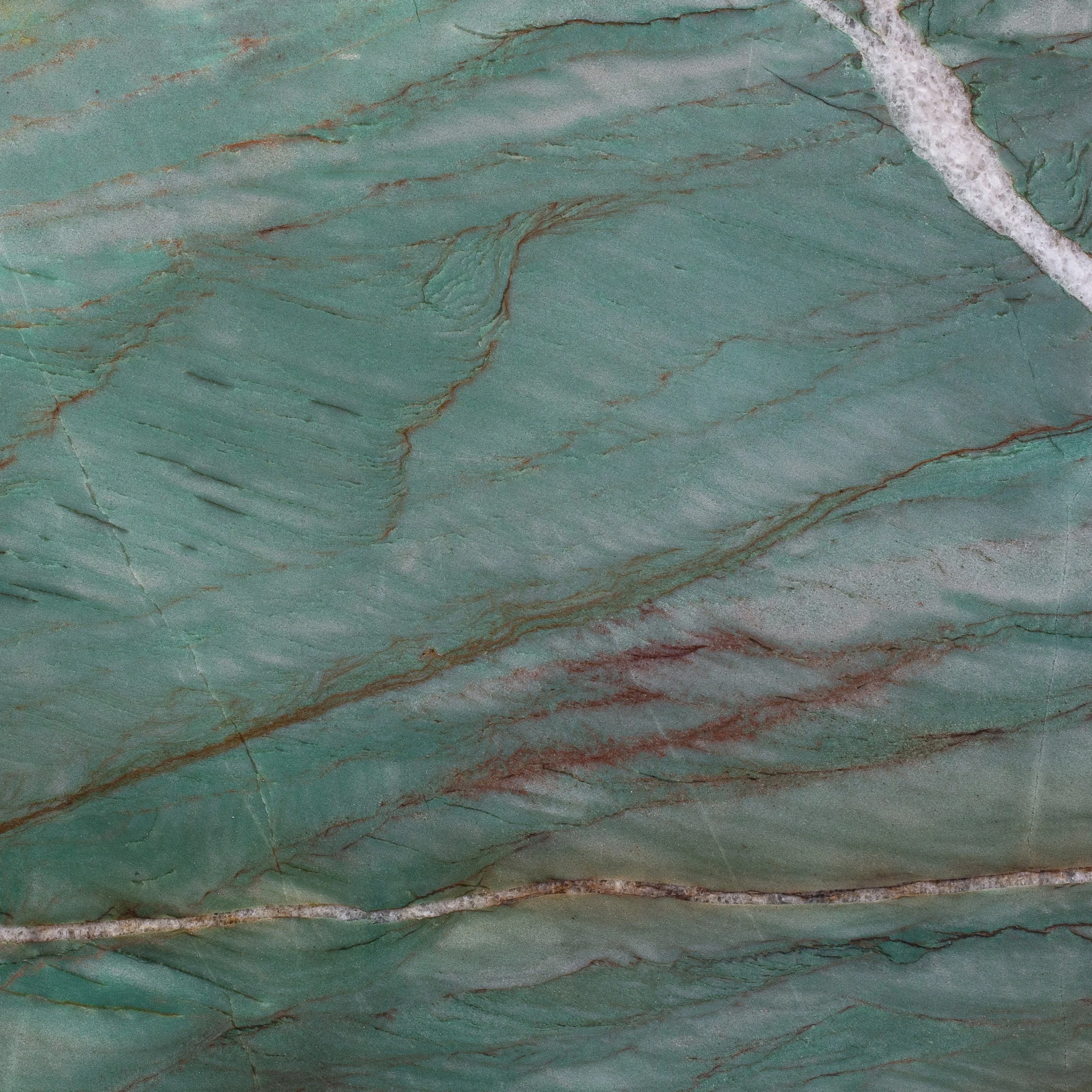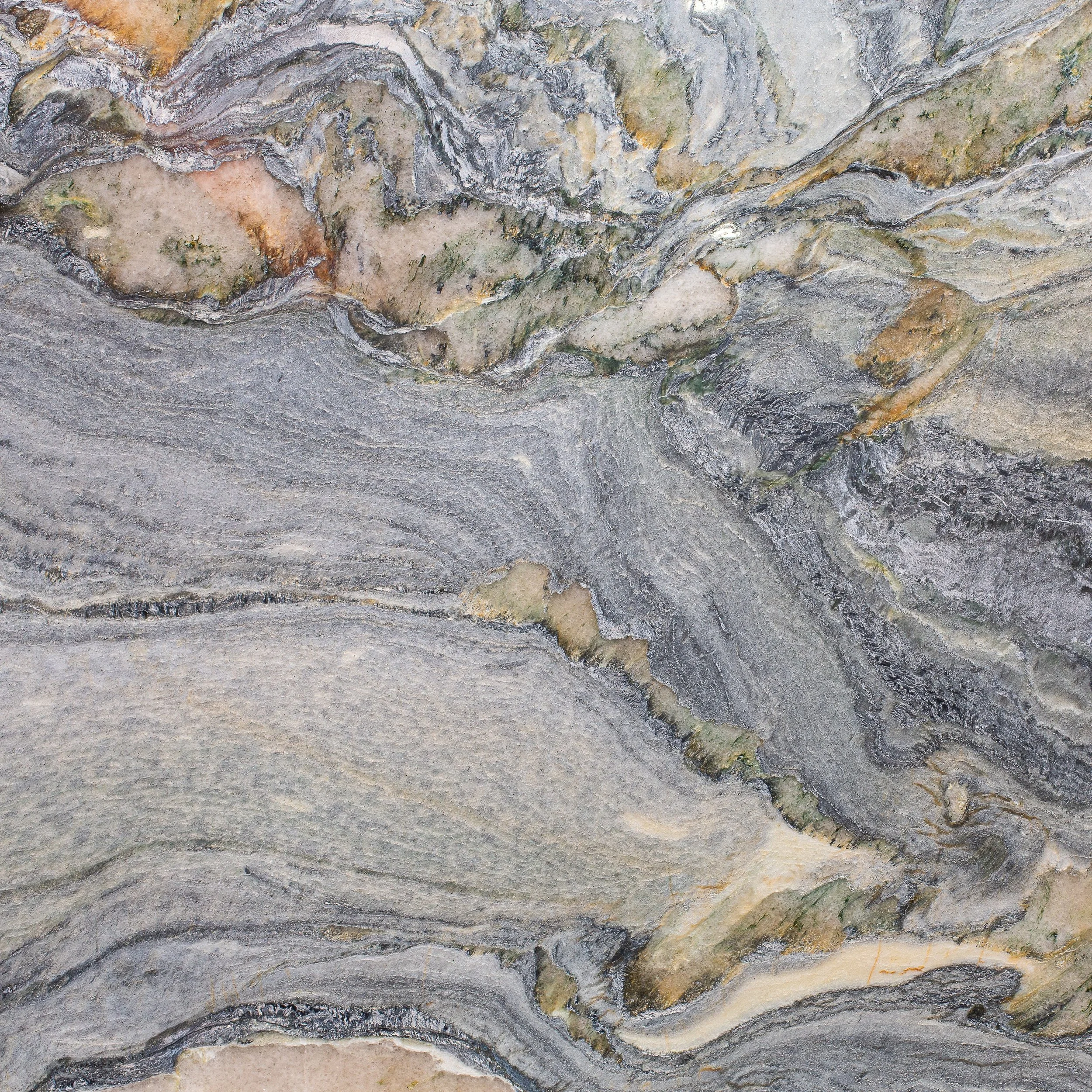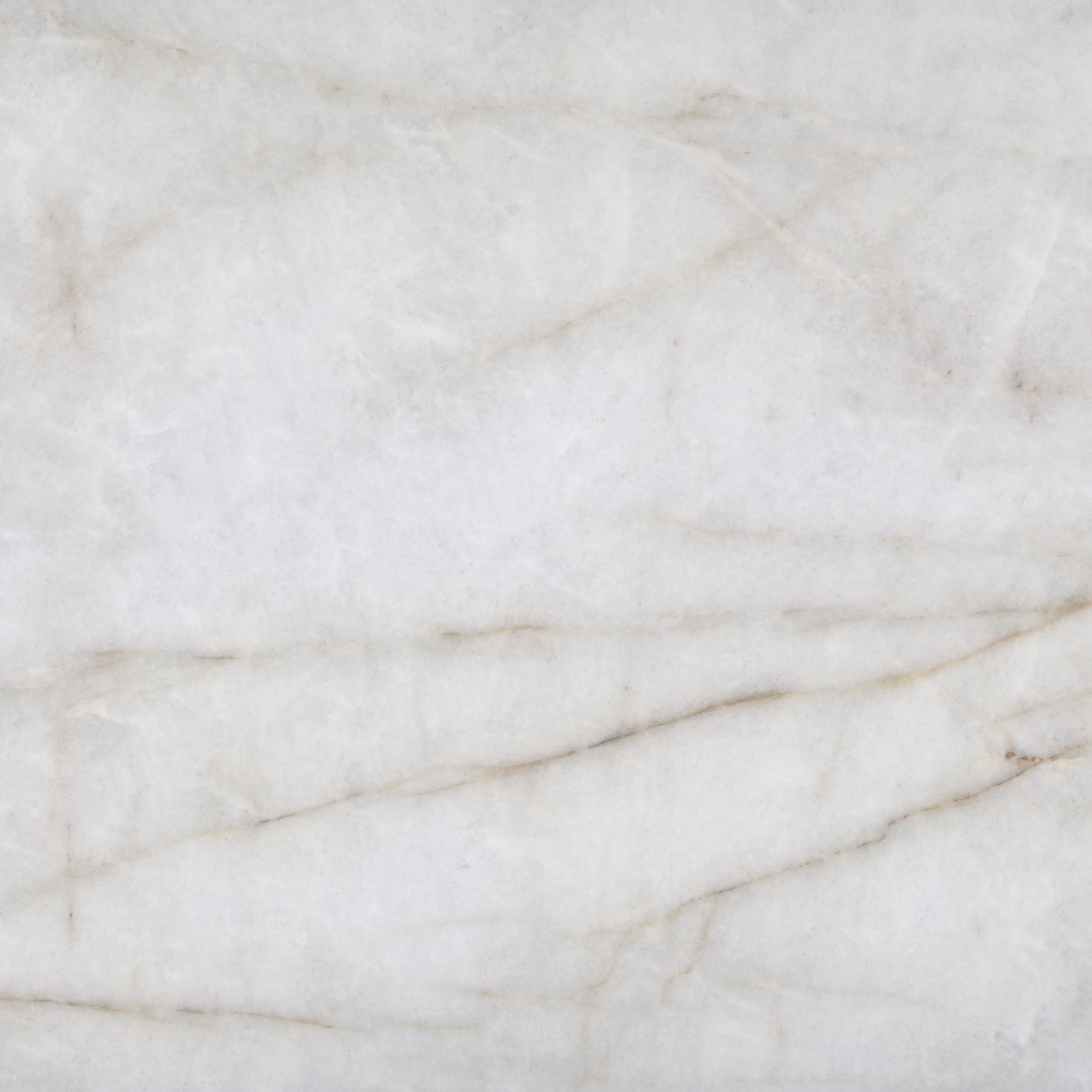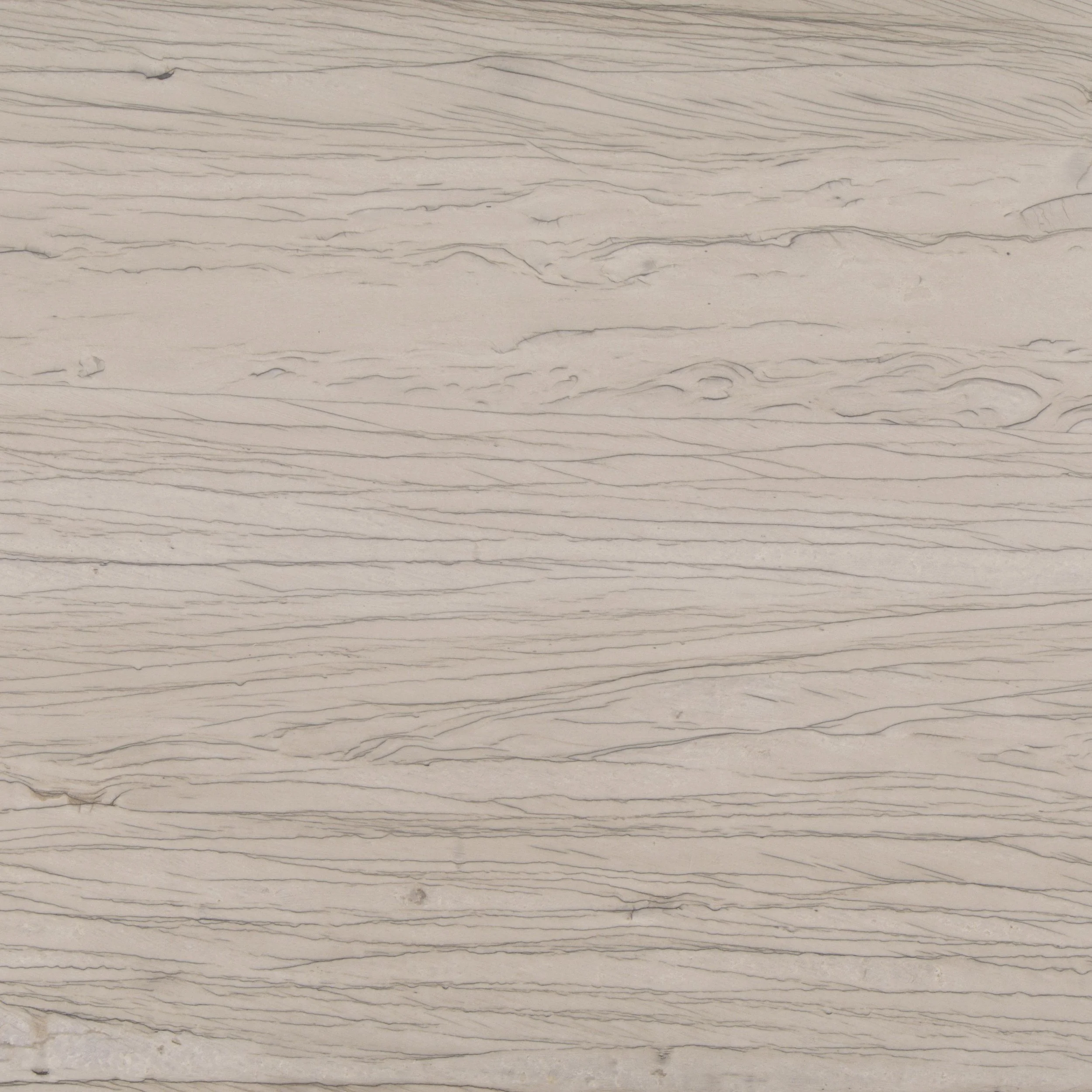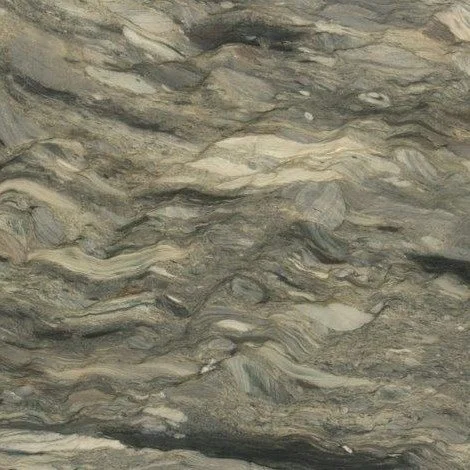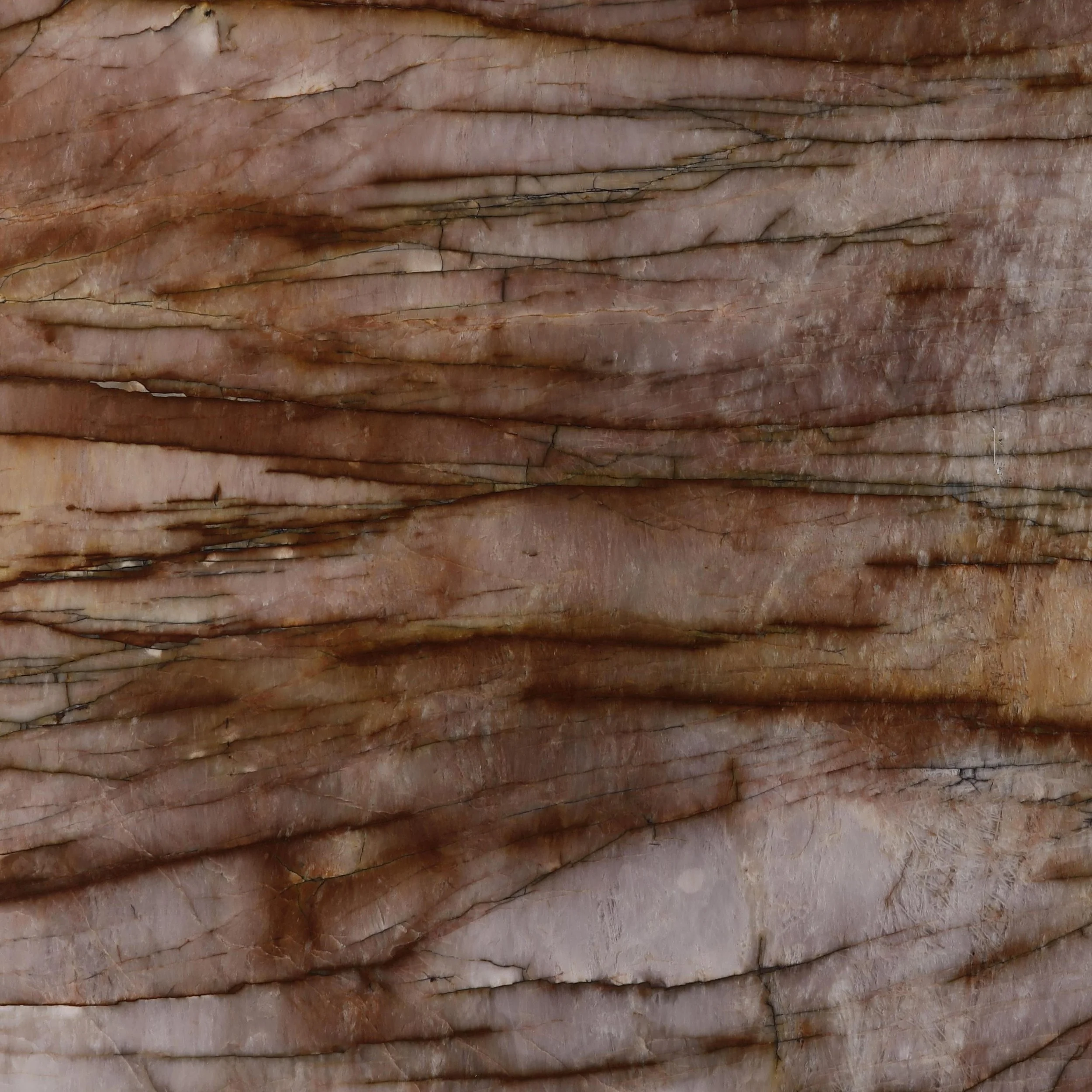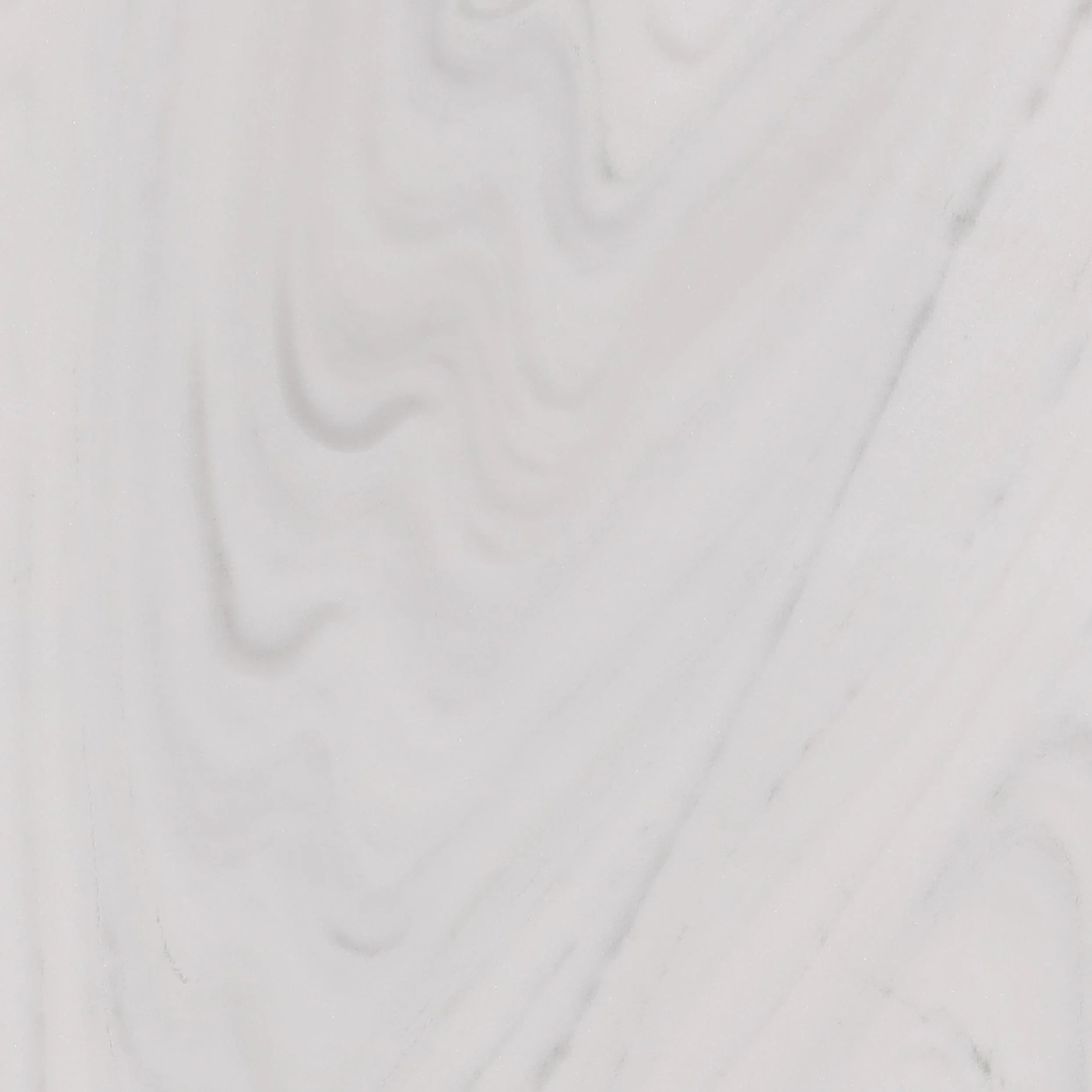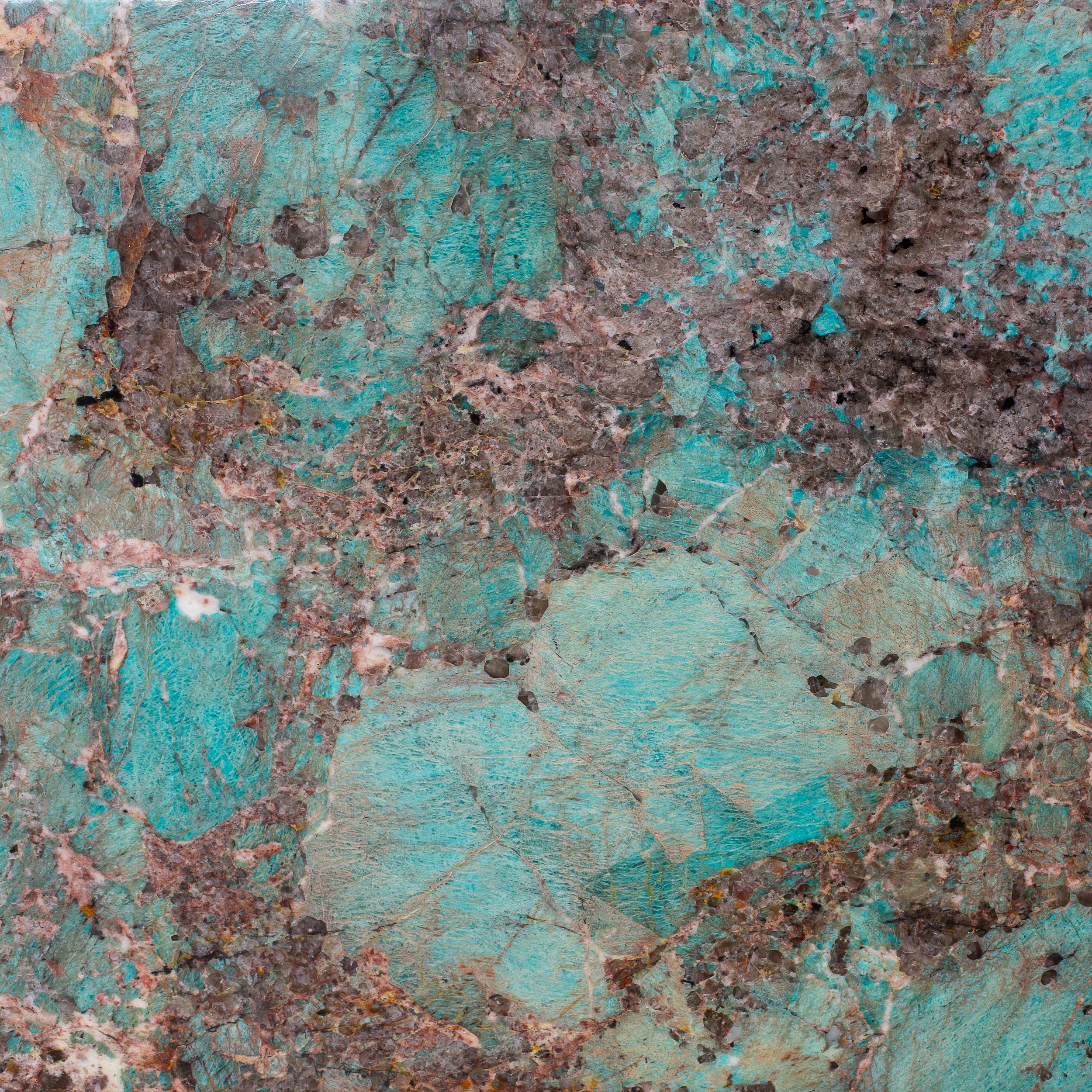
quartzite
Quartzite is a decorative stone and may be used as an alternative to marble
quartzite
Origins & Characteristics of Quartzite
Quartzite is a metamorphic rock which is almost entirely composed of quartz and created through intense pressure and deep burial during the formation of mountains at convergent plate boundaries. Through metamorphism, the heat and pressure cause chemical reactions transforming sand grains to recrystallize and create an interlocking network of quartz with impressive strength. Quartzite is a natural stone that has been used for centuries in many different applications and has a natural resistance to weathering and staining.
Uses of Quartzite
Quartzite has many uses due to its strength and durability. It can be used in both residential and commercial settings and is often used as a building material for walls, floors, countertops, and other surfaces due to its resistance to weathering and abrasion. Quartzite countertops are highly resistant to UV rays, making them suitable for outdoor use without fear of discolouration or fading. The surface can be polished to bring out the beautiful colours and textures of the stone, creating a glossy finish that reflects light well. Quartzite is a natural stone with the look and character of marble, making it ideal for surfaces. It is twice as strong as granite and is stain and scratch proof. With its resistance to acids, scratches, heat and UV rays, quartzite is an ideal material for many home and commercial projects. Quartzite is light and large-format, allowing for minimalistic spaces with no joins.
Patterns and Colours of Quartzite
The natural beauty of Quartzite adds an aesthetic appeal to any space that cannot be replicated by other materials. Quartzite not only offers outstanding durability but also a stunning range of colours. From grey, white, beige, pink, yellow, blue, purple, orange and brown quartzite can be found in almost any colour imaginable. The veining and patterning of quartzite is irregular and inconsistent which adds to its unique beauty. Some quartzite stones may have pinkish or reddish hues due to the presence of iron oxide.
Amazzonia Green
Amazzonite
Avocatus
Blue Roma
Blue Tempest
Botanic Wave
Caravaggio
Cristallo
Dune
Fusion
Juliet
Montblanc
Patagonia
Patagonia Green
Taj Mahal
Composition
Quartzite is a metamorphic rock composed mainly of quartz, with other minerals present in smaller quantities. It is formed when sandstone undergoes extreme heat and pressure, resulting in the recrystallization of quartz grains. Orthoquartzite contains 99% quartz, as well as traces of iron oxide, zircon, rutile and magnetite. Quartzite may also contain clay minerals and other impurities such as feldspar fragments. This composition gives quartzite its unique properties that make it an ideal material for construction projects.
Durability
The strength of quartzite is further enhanced by its low porosity and water absorption rate. This means that the stone is highly resistant to staining and damage from water or other liquids. The stone's durability also ensures that it can withstand extreme temperatures without cracking or chipping, making it an excellent choice. Quartzite is a heat-resistant stone that is ideal for use in kitchens and other areas where it may be exposed to high temperatures. Its resistance to heat makes it an excellent choice for countertops, backsplashes, and other surfaces that may come into contact with hot items. Quartzite is also resistant to acidic substances, making it a great choice for areas where food or liquids are present. It does not etch when exposed to citric liquids, so it can be used in areas such as bathrooms and kitchens without fear of staining or discoloration.
Finishes
The most common finish for quartzite countertops is a polished finish, which is created by sanding the surface with finer grit sandpaper until it has a glossy appearance. This finish allows the colours and texture of the stone to stand out vibrantly while also being easy to clean as it is sealed. A polished quartzite countertop offers better reflection of light than other stone finishes, creating a pristine look. A honed finish is a great way to protect quartzite countertops from scratches and etching. This finish is achieved by sanding the quartzite surface until it has a smooth and satin appearance. The honed finish helps to reduce the risk of scratching and etching, making it ideal for table tops that are subject to regular use. The honed finish also makes cleaning easier, as dirt and grime will not stick to the surface as easily as with other finishes. With proper care and maintenance, your quartzite table top will remain looking beautiful for years to come.
Please do get in touch if you would like to discuss using this finish for a project:

